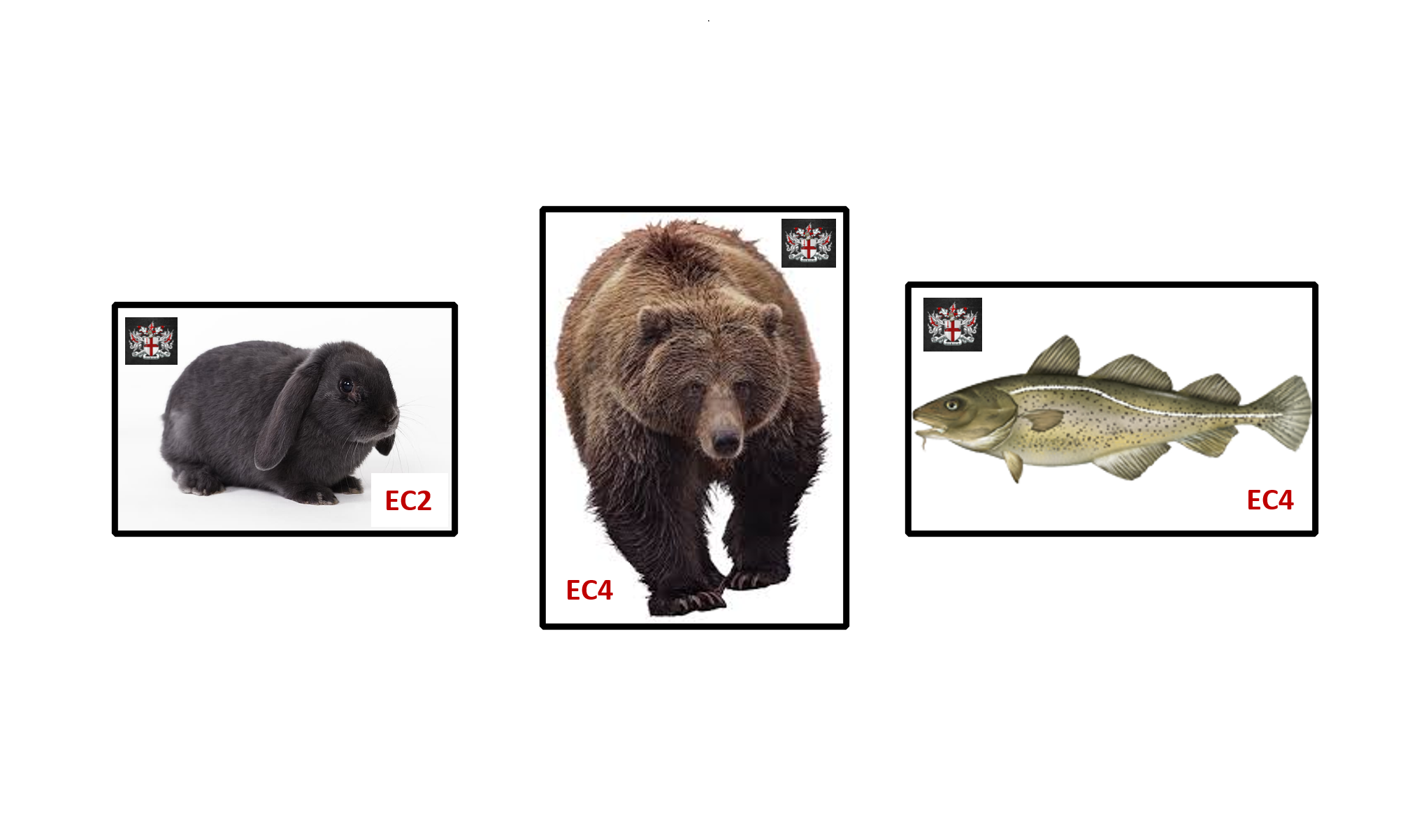
More strange and obscure derivations of road names in the City of London from our old friend, Swedish academic Eilert Eckwall. Of the following roads, only Shoe Lane and a single Love Lane are still with us under their original titles.
Some trades … or perhaps not:
Scalding Alley: A clue to the meaning is in the parish name – St. Mildred Poultry. Apparently the alley was near a scalding house, which (Ekwall asserts) is where poulterers would scald their poultry. Although I had visions of chickens being shouted at, I quickly remembered that’s the wrong spelling and realised that this name promises something rather more unpleasant for the chicken.
Shoe Lane: This road, running south from Holborn Viaduct, has nothing to do with shoe making – that would have been cordwainer (new shoes) or cobbler (repairs). Unfortunately, after dismissing the obvious so quickly, Eckwall gets bogged down in a tedious explanation of shoe-shaped pieces of land (sholand) giving rise to Sholand Lane which got contracted back to Sholand before being corrupted to Shoe Lane. I was yawning before the end.
Baremanelane: This one, which was near St Mary Woolchurch (now the site of Mansion House), means ‘the lane of the porters’. Weirdly, there must have been an almost Pythonesque mass change of career in the area at some point as the same road later appears under the very similar but completely unrelated name Bearbinder Lane, ‘the lane of the bear tamers’. If I’d been a neighbour at the time, I’d be wanting the porters back.
Fresshfisshlane: First off, that is the correct spelling and not me having trouble with my keyboard. Eckwall doggedly propounds the theory of a link between this lane, once found between Queenhithe and Castle Baynard, and the apparently ‘well-evidenced surname in London’ Freshfish, before grudgingly conceding that it might just be a lane in which fresh fish were sold.
Flora and fauna:
Coneyhope Lane: This ran north from Poultry. Eckwall unleashes an epic essay of explanation regarding this oddity, at one point going off at a tangent three paragraphs long, explaining that a tenement block of medieval times called Caponeshors on Cannon Street ultimately derived its name from a shop sign showing a horse with a capon on its back. Much as I admire his learning, not for the first time I’m beginning seriously to doubt his sanity. When he finally gets back to Coneyhope, he concludes that it evolved from a sign showing a rabbit in a hoop at an establishment in the lane which sold rabbits. That’s clear then.
Woodroffe Lane: Still with us, but now Cooper’s Row, a gloomy stretch of tarmac that passes under the approach to Fenchurch Street station. Eckwall mentions – seemingly a propos nothing – Reginald Woderone, who was in London paying taxes in 1230, before settling for a plausible explanation involving asperula oderata, or woodruff, a plant grown for medicinal and ornamental purposes. Believe me, it isn’t growing there now.
Uncategorisable:
Popkirtle Lane: This may be a former name of Pancras Lane, which lies behind No. 1 Poultry. Eckwall is confident that this has nothing to do with William Pokekertelle despite him being a jurer in nearby Bassishaw in 1224 – shame on anyone for suggesting it does. He does, however, concede that it derives from the word Pokekertelle, meaning ‘to poke a kirtle’. Perhaps worryingly, kirtles were tunics (for men) or outer petticoats (for women); he offers no explanation of poke, which I can only hope is an archaic synonym for stitching.
Puppesaley or Popys Allye: These alternative spellings had me dithering between the cute (puppies), the religious (Popes) and Disney (Popeye) until I read on and discovered that it is from the surname of stockfishmonger Geoffrey Puppe, who died in the parish of St Martin Orgar before 1386, mentioned in passing in the will of his widow, the wonderfully-monikered Idonea Salesbury. Of course, this begs more questions, to which the answers are:
And finally, all too obvious:
Love Lane: There have been four Love Lanes in the City; only one – leading to the Guidhall from the west – now survives. Eckwall concludes that they were all named after, as he delicately puts it, ‘houses of ill-fame’. Oh, the depravity. He concedes the possibility that ‘innocent everyday romances’ might be to blame in some instances, which I hope will spare the blushes of generations of City administrators, based for centuries at Guildhall.
Bibliography: